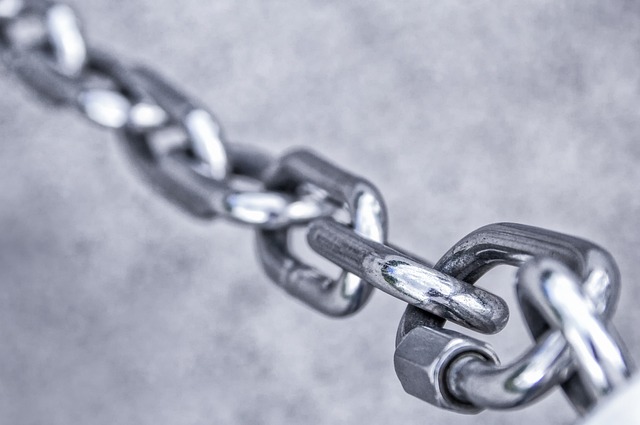Investing in precious metals can effectively diversify your investment portfolio and safeguard your wealth against economic downturns and inflation. This article offers a comprehensive guide on evaluating the risks and rewards of incorporating precious metals into your investment strategy.

Post Contents
Understanding Precious Metals as an Investment
Characteristics of Precious Metals
Precious metals, such as gold, silver, platinum, and palladium, possess unique attributes that make them appealing as long-term investments:
- Intrinsic Value: Precious metals have been valued for their use in jewelry, industrial applications, and as currency for millennia.
- Scarcity: The limited supply of these metals ensures that they retain value over time, unlike fiat currencies that can be printed without limit.
- Universality: These metals are recognized for their value globally, transcending national economies and currencies.
The durability and historical prestige of precious metals contribute significantly to their appeal. They are valuable in the market and esteemed as cultural and economic symbols, enhancing their desirability during periods of both economic stability and uncertainty. This dual utility promotes a sustained demand that can stabilize your portfolio against market volatility.
Given its current reputation for stability and historical significance, gold bullion remains a preferred choice for many investors seeking a hedge against inflation. Moreover, investing in gold can add a layer of security to your portfolio, as it often maintains value even when other asset classes falter.
Economic Impact on Precious Metals
The value of precious metals can fluctuate based on several economic indicators:
- Inflation: Typically, as inflation rises, so does the price of precious metals, especially gold.
- Dollar Strength: There is generally an inverse relationship between the value of the U.S. dollar and precious metals. A weaker dollar often results in higher metal prices.
- Interest Rates: Lower interest rates can increase the attractiveness of non-yielding assets like gold.
Further, geopolitical events, such as international conflicts or economic sanctions, can significantly affect the prices of precious metals. Investors often flock to gold as a safe haven during geopolitical uncertainty, leading to price surges that can offer timely opportunities for portfolio growth or risk mitigation.
Analyzing the Benefits of Diversifying with Precious Metals
Portfolio Diversification
Diversifying with precious metals can reduce risk by balancing exposure to volatile market sectors. Metals often move contrary to stock markets:
- During market downturns or geopolitical instability, investors frequently turn to precious metals as a “safe haven.”
- Adding precious metals to a portfolio introduces a non-correlated asset class that can counterbalance when traditional financial instruments such as stocks and bonds underperform. This strategic diversification is crucial in managing risks and enhancing the resilience of your investments over time.
Hedge Against Inflation
Over long periods, precious metals, particularly gold, have historically matched or exceeded inflation:
- Unlike paper assets or digital forms of wealth, precious metals maintain a tangible value less susceptible to economic crises or inflationary pressures.
- Moreover, during periods of hyperinflation, when the purchasing power of fiat currency declines drastically, precious metals historically tend to perform exceptionally well. This ability to hold value provides security and can capitalize on adverse economic conditions to protect and grow your wealth.
Evaluating the Risks Involved
Market Volatility
While precious metals can provide security in turbulent times, their prices can also be highly volatile:
- Price swings can occur due to changes in industrial demand, mining supply, and shifts in investor sentiment toward risk.
- It’s important to note that various unpredictable factors, including mining technology changes, new geographical discoveries of ores, and regulatory changes in major producer countries can influence the prices of precious metals. These can introduce significant volatility, which requires careful investment strategy management.
Opportunity Cost
Investing in precious metals might mean missing out on higher returns from other asset classes:
- Precious metals do not yield interest or dividends, which might lead to lower overall returns compared to equities or bonds over certain periods.
- This drawback is particularly relevant in bull markets, where stocks may benefit substantially. Investors must balance the security of precious metals offered with the possibility of forgoing higher returns from more volatile investments.
Practical Steps in Incorporating Precious Metals into Your Portfolio
Assessing Allocation
The percentage of precious metals in your portfolio should reflect your risk tolerance, investment timeline, and economic outlook:
- A common recommendation is to allocate between 5% and 15% of your portfolio to precious metals.
- Consider your long-term financial goals and risk profile when determining your precious metals allocation. It’s crucial to regularly revisit this allocation, especially during major life events or significant shifts in the market or economic landscape, to ensure it remains aligned with your objectives.
Choosing Investment Forms
Investors can own physical metals, such as coins and bars, or financial instruments like ETFs and mining stocks:
- Physical Metals: Offer purity and tangible ownership but require secure storage and insurance.
- Financial Instruments: Provide easier liquidity and do not require physical storage but come with additional risks like management fees or counterparty risks.
- Deciding on the form of precious metals investment should involve considering liquidity needs, investment size, and personal comfort with physical versus paper assets. Each choice has distinct advantages and implications for storage, liquidity, and exposure to market movements.
Conclusion
Incorporating precious metals into your portfolio involves a nuanced understanding of their inherent value and the external economic factors that influence their price.
By judiciously assessing how much and in what form to invest, you can enhance your investment portfolio’s resilience against inflation and economic fluctuations while potentially reaping substantial rewards in periods of heightened market volatility. Ensure you conduct diligent research or consult a financial advisor to align these investments with your overall financial goals.
For those interested in a deeper dive into specific options and reviews of precious metals investment companies, consider visiting this comprehensive review of Augusta Precious Metals at Mid-day, which discusses the pros, cons, and alternatives available in the market.